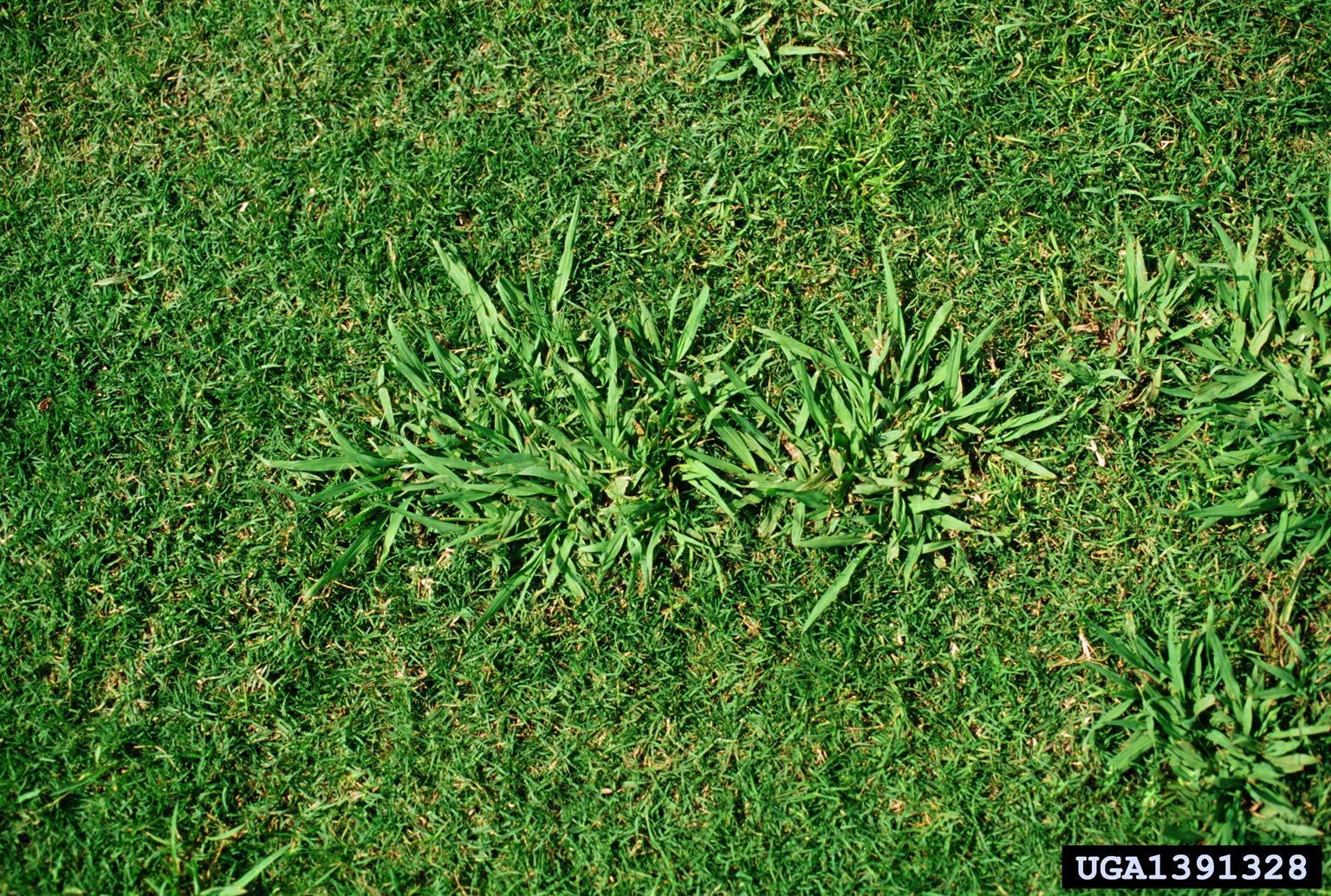Dallisgrass Weed: How To Control Dallisgrass


An unintentionally introduced weed, dallisgrass is difficult to control, but with a little know how, it is possible. Keep reading for information on how to kill dallisgrass.
Dallisgrass Weed: A Good Idea Gone Bad
The dallisgrass weed (Paspalum dilitatum) hails from Uruguay and Argentina. It was introduced into the United States back in the 1800's as a fast-growing forage plant that could survive our southern climes. Its common name is a tribute to A.T. Dallis, who was an ardent supporter of its use and import around the turn of the century. Too bad he made a mistake, and his name is now attached to such a pernicious weed. As it turns out, the dallisgrass weed and its cousins, field paspalum and thin paspalum, liked their new environ a little too much and were soon growing out of control. Dallisgrass naturalized over most of the south. Unlike its cousins, however, dallisgrass is susceptible to an ergot fungus that is toxic to livestock.
Identifying Dallisgrass Weed
Dallisgrass control has become a concern for both private and public lawn areas. It is a course textured perennial that grows in an ever-enlarging circular clump, sometimes growing so large that the center dies out while the outer rings continue smothering all the turf grasses they encounter. Its short, rhizomes root easily in moist soil, making it difficult to control. Dallisgrass weed thrives in sandy or clay soils. It loves nitrogen fertilizer and grows twice as fast as regular turf grasses, which can create obstructions for the golfer, hazards for the field athlete, and unsightly tufts for the homeowner.
How to Kill Dallisgrass
The answer to how to kill dallisgrass is threefold: lawn health, pre-emergent, and post-emergent attacks.
Healthy lawn management
The first method of dallisgrass control is to maintain a healthy, densely planted turf through proper watering, mowing, and fertilization. Bare spots should be filled quickly with seed or sod to prevent dallisgrass weed seeds from taking hold. A thick, well-maintained lawn, where unwanted seed has no room to germinate, is a sure dallisgrass killer.
Using pre-emergents
The second stage in how to kill dallisgrass involves pre-emergent control. Dallisgrass produces an abundance of seeds on long spikes that grow several feet (1 m.) tall. Each spike carries 2 to 10 spikelets and each spikelet has two rows of seeds running along its length. The seeds are spread by wind, animals, and by adhering to lawn mower blades. A pre-emergent herbicide that is toxic to crabgrass will also be an effective dallisgrass killer. Pre-emergents must be watered into the soil to be completely successful.
Post-emergent treatment
There are three useful post-emergent treatments for dallisgrass control. Digging out the offending plants is the most environmentally friendly method to control dallisgrass, but it's also the most labor intensive. Post-emergent herbicides that are used for crabgrass removal will also work well, although they must be applied several times at two to three week intervals to complete the treatment and prevent regrowth. Finally, spot treatments with non-selective herbicides can be useful for minor infestations. A cautionary word about this method of dallisgrass control: non-selective herbicides kill any plant they come in contact with. Turf will be killed along with weed. Be prepared to fill in those bare spots as quickly as possible. Follow label directions for re-seeding. Dallisgrass is a plague on turf lawns throughout the south, but with diligence and a little knowledge about how to kill dallisgrass and how to prevent its return, this pernicious weed can be eradicated from your lawn.
Gardening tips, videos, info and more delivered right to your inbox!
Sign up for the Gardening Know How newsletter today and receive a free copy of our e-book "How to Grow Delicious Tomatoes".

Jackie Rhoades began writing for Gardening Know How in 2010.
-
 Looking For Plants To Give You The Soft And Fuzzies? Try These 5 Fuzzy Leaf Plant Options
Looking For Plants To Give You The Soft And Fuzzies? Try These 5 Fuzzy Leaf Plant OptionsLovers of texture, drama, silver foliage and tactile plants will adore these special sensory garden additions. These fuzzy leaf plant options will leave you all aglow
By Susan Albert
-
 Get Ready For A Summer Of Hummers! Grow These Full Sun Hummingbird Plants and Flowers
Get Ready For A Summer Of Hummers! Grow These Full Sun Hummingbird Plants and FlowersIf you’re lucky enough to enjoy a sunny backyard, make sure you are maxing out on your pollinator opportunities and grow these full sun hummingbird plants and flowers
By Tonya Barnett